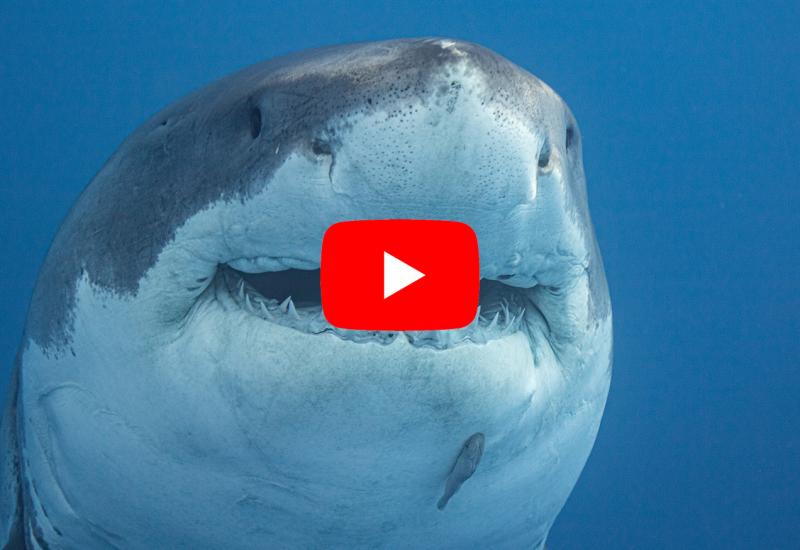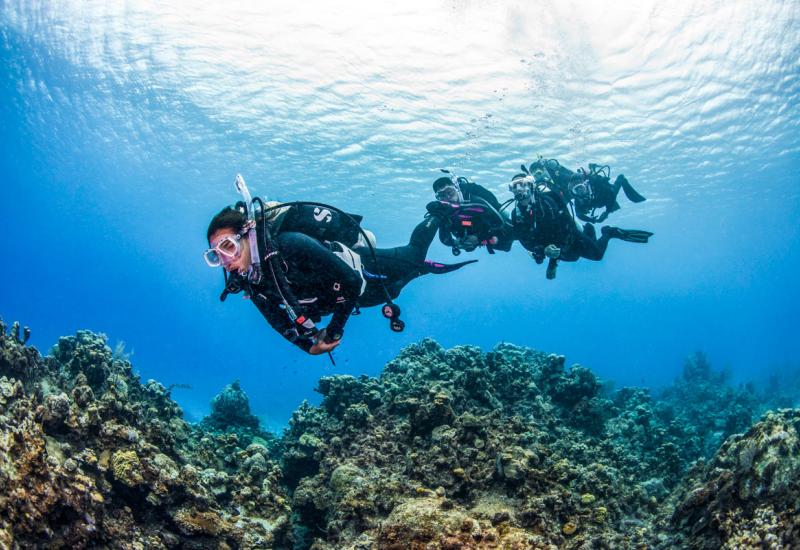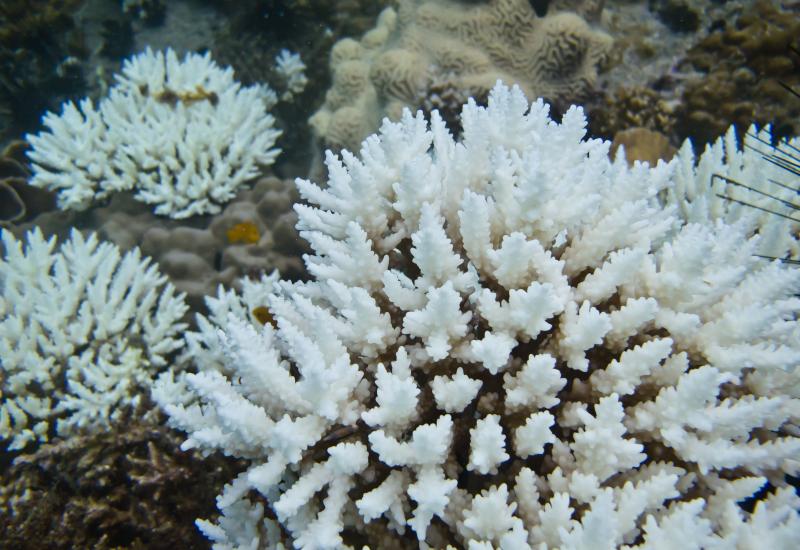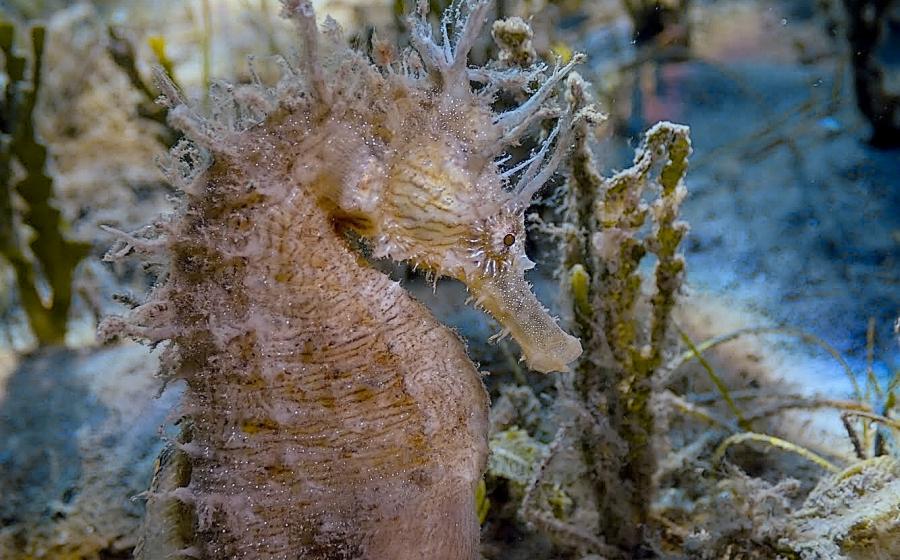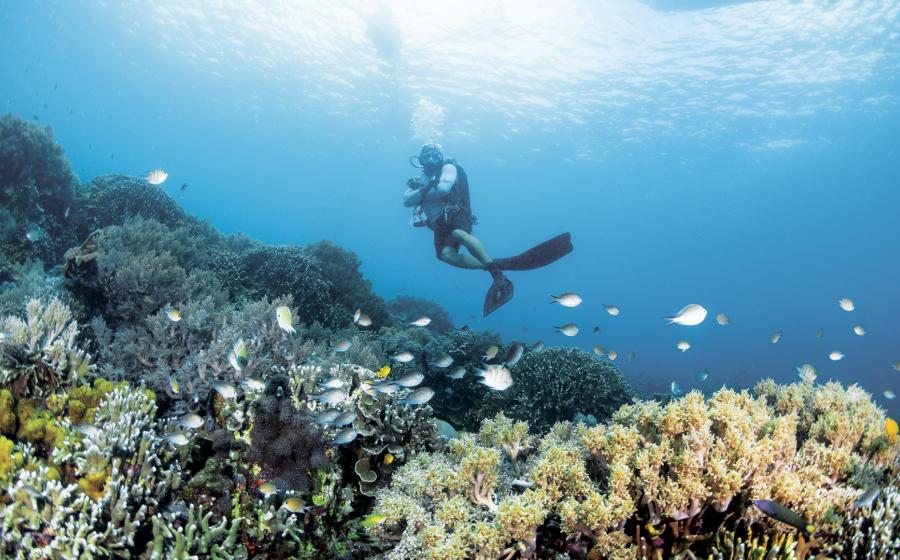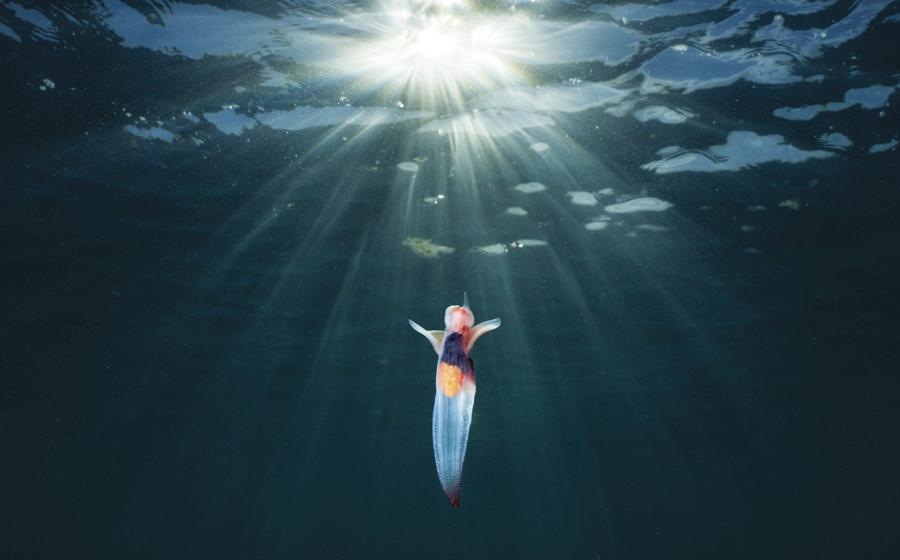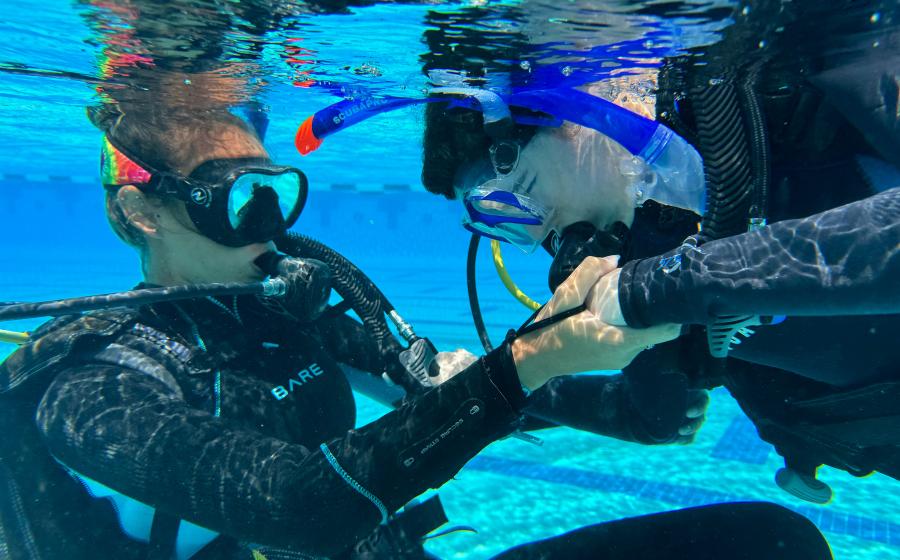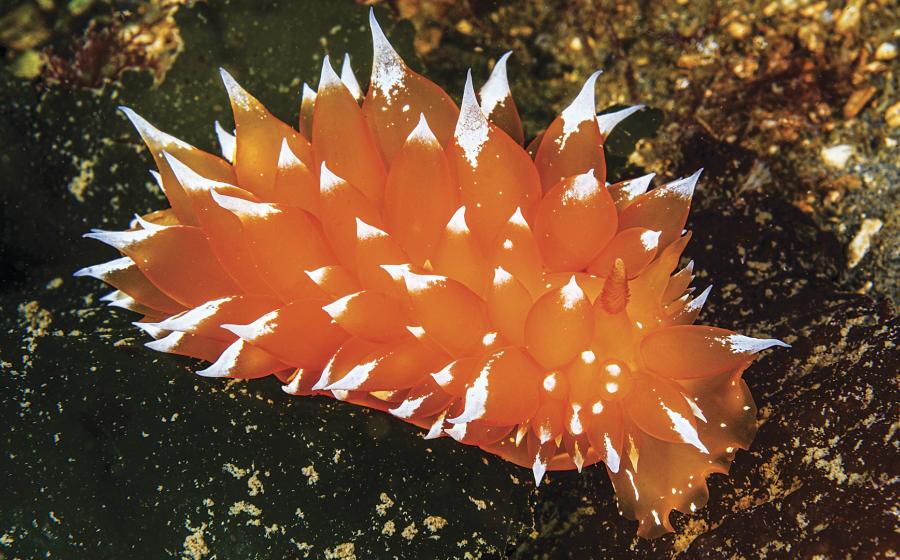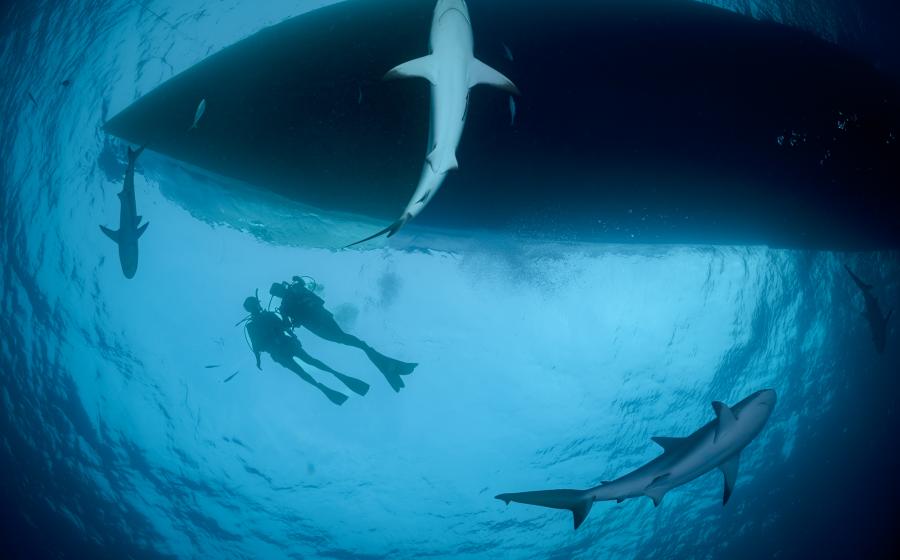New Species of Deep-Sea Crown Jelly Discovered in Monterey Bay
Researchers have discovered a new species of crown jelly in the depths of Monterey Bay. They believe the jelly could populate other waters as well.
Jellies of the genus Atolla are found around the world and thrive in deep water. They typically live in the midnight zone of the ocean, an area so deep that sunlight doesn’t penetrate. Atolla jellies typically have a single, elongated, trailing tentacle speculated to help with catching prey. Scientists prefer the terms jelly and medusa over jellyfish because these creatures aren’t actually fish.
Over the last 15 years, Monterey Bay Aquarium Research Institute (MBARI) scientists have observed and collected specimens of three unique Atolla-like jellies in Monterey Bay lacking the characteristic long Atolla tentacle. Now, they’ve collected sufficient details about the morphological and molecular features of one of these to officially declare it a new species. The researchers published the scientific description for Atolla reynoldsi in the scientific journal Animals earlier this year.
“We named this stunning new species in honor of Jeff Reynolds in recognition of the 4.3 million hours of service that he and other volunteers have contributed to the Monterey Bay Aquarium over the past 38 years,” said Dr. George Matsumoto, senior education and research specialist at MBARI. Reynolds was the first volunteer at the Aquarium, MBARI’s education and conservation partner.
A.reynoldsi is relatively large compared to other Atolla jellies. It has a furrowed bell with a deep groove that runs around the bell. A wide margin contains thick segments with finger-like appendages. The edge of the bell resembles a crown with warty papillae and spiked ridges. Matsumoto compared the structure to the spokes on a bicycle. The gut of this new species is also shaped like a Greek cross, whereas most other crown jellies have a clover-shaped gut.
The two other unique Atolla specimens without the trailing tentacle — Atolla species A and Atolla species B — may likewise be new species. More samples are needed to confirm, MBARI researchers said.
“All three types — Atolla reynoldsi, Atolla species A, and Atolla species B — may need to be placed into a new genus due to their distinct stomach morphology and the lack of a trailing tentacle, but until further work is completed, we recommend that they remain within the genus Atolla, ” the researchers wrote in their paper.
“The ocean is full of species that are yet to be described by science,” Matsumoto says. “The ocean is the world’s largest habitat…We need to know more about it.”

